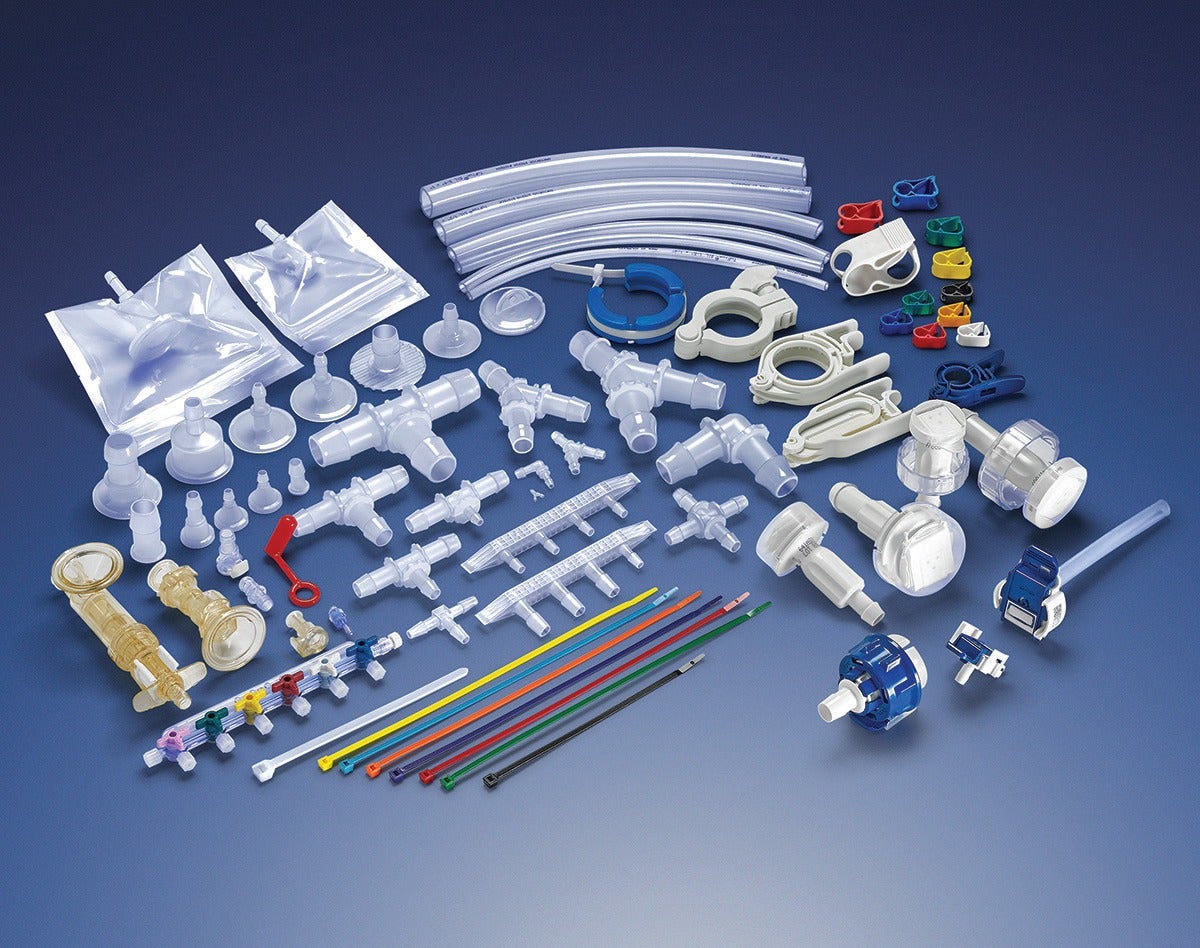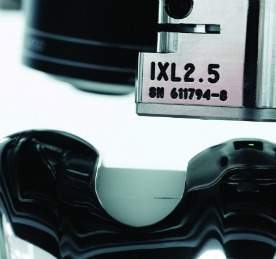
Single-use bioprocessing was born in the early 1990s, with two main players: HyClone Laboratories and Stedim. HyClone, a supplier of serum and cell culture media, began to use ‘bio’ bags for packaging sterile cell culture media. Stedim, on the other hand, was already a supplier of 2D EVA bags for the parenteral nutrition market since the late 1970s. Soon, HyClone’s customers began asking them to supply not only the bags filled with media, but also empty sterile bags for use in their own processes. Stedim saw the opportunity to offer different versions of their existing products to the bioprocess industry and in about 1998, the Flexboy bag was born.
Since that time, an entire industry has developed. The strong underlying benefits of single-use components for biopharmaceutical companies has driven double-digit growth rates for more than a decade, attracting more suppliers to enter the single-use market. Today, suppliers range from large multinational total solution providers to smaller entrepreneurs serving just a few local customers.
The bioprocess boom
Single-use systems (SUS) are traditionally custom designed for an individual customer, creating a conflict between the need to be fast and flexible under appropriate GMP controls as the business scales up. The early success led to occasional criticism of SUS as inflexible and slow, with long lead times. The stage was then set for new players to enter the market and the ‘fast and flexible’ business model was born. The bioprocess boom of 2020, which seems to be continuing unabated into 2021, has attracted even more players into this space, with more and more integrators entering the market. But this market is not easy. End-users demand custom solutions with a quick turnaround, and the fast and flexible business model remains the key to success for many. The needs of these integrators are not well served by the existing sales channels for single-use bioprocessing components. Most component OEMs only sell their own products, and have high minimum order quantities and long lead times. Regional distributors often carry no inventory, have a limited product range and may be shifting away from component distribution to focus on becoming an integrator. The large catalogue houses tend to have high prices, spotty inventory, gaps in their portfolio, and insufficient quality and regulatory infrastructure. The misalignment of customer needs and sales channel support leads to difficulties for the integrators: their component warehouses are too big and are filled with the wrong inventory. Their picking, kitting and warehousing activities have become overwhelming. They’ve become dependent on too many suppliers, with supplier lead times driving their production schedule, undermining the fast and flexible model.
Serve the needs of SUS integrators
This unmet need in the bioprocess space has led Qosina, a leading global supplier to the medical device industry for 40 years, to expand its portfolio to serve the needs of SUS integrators. It has leveraged this experience and its extensive supply chain to provide a much-needed resource for bioprocess.
Qosina enables SUS integrators to focus on being fast and flexible without sacrificing assurance of supply. It does this by leveraging its strengths to the supply of SUS components. It now has a comprehensive portfolio of SUS components, and SUS integrators can outsource their warehousing and kitting activities. In addition, technical, quality and regulatory documentation can be easily downloaded directly from its website.






